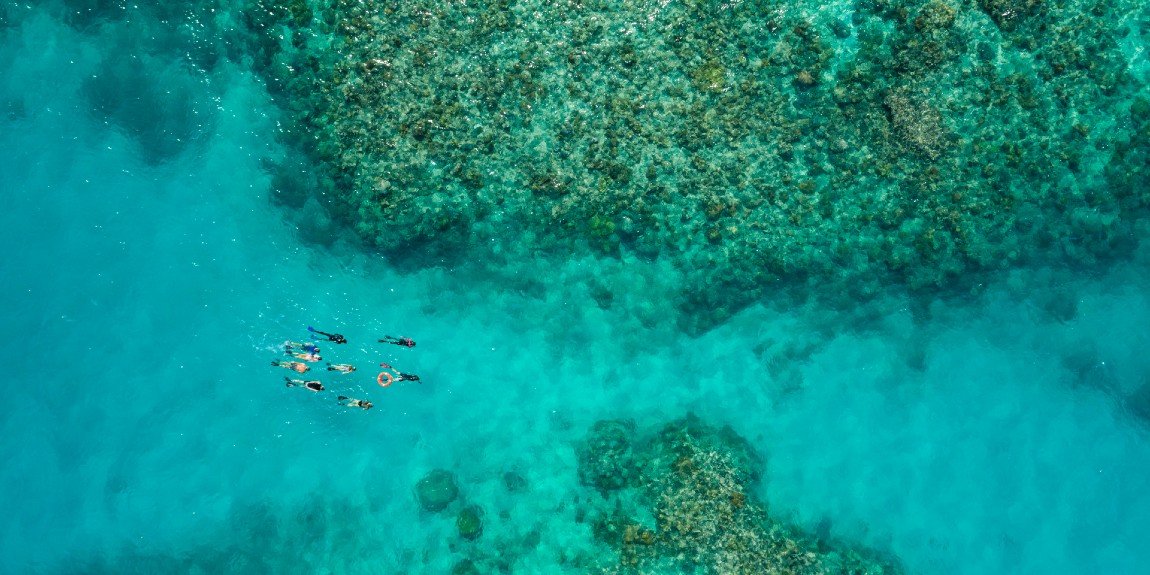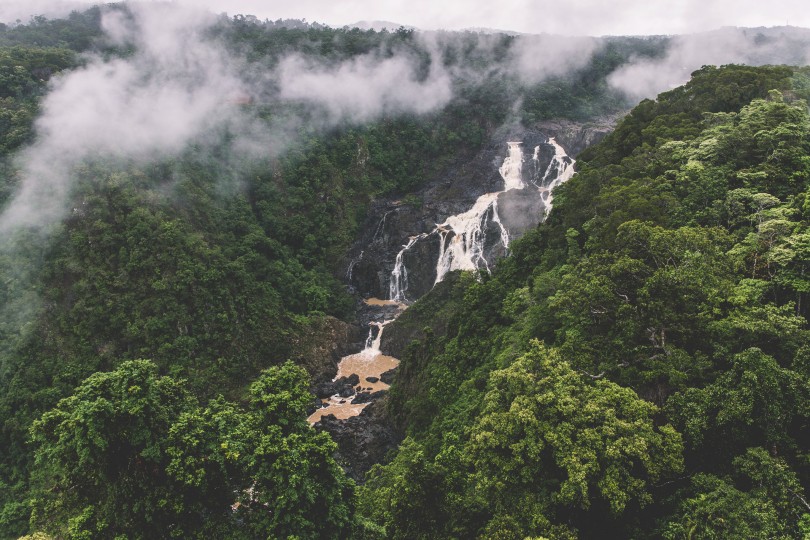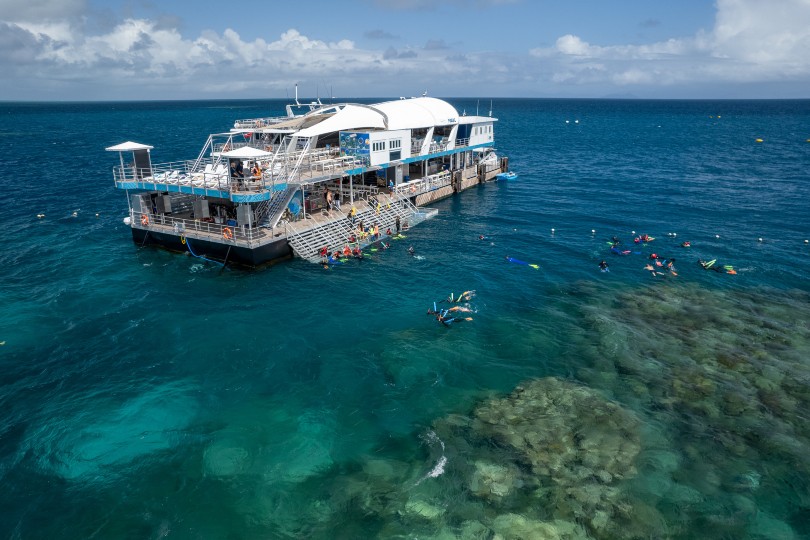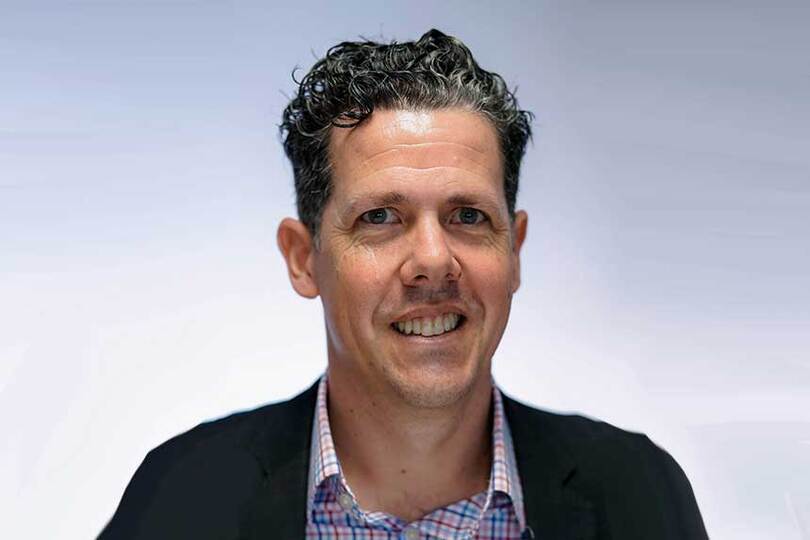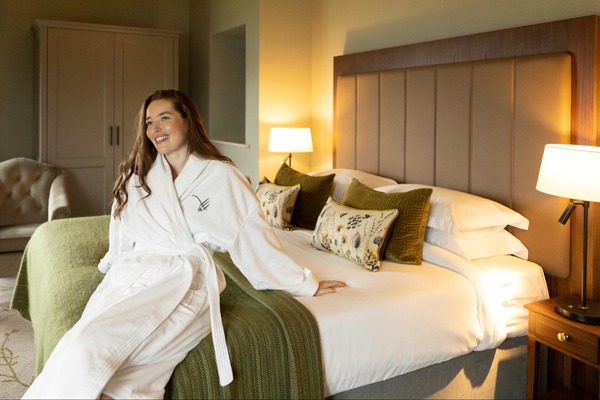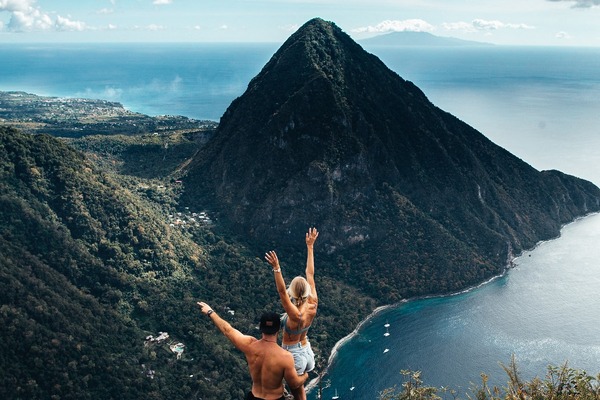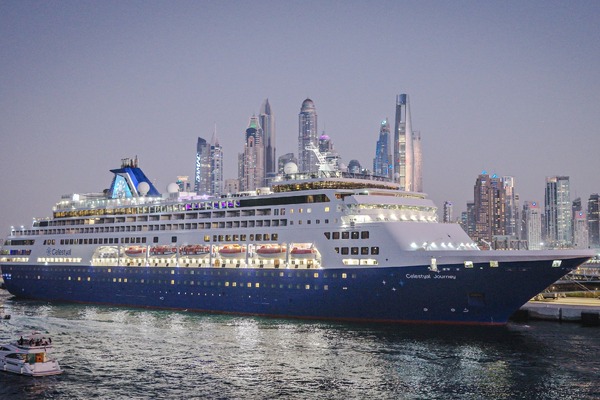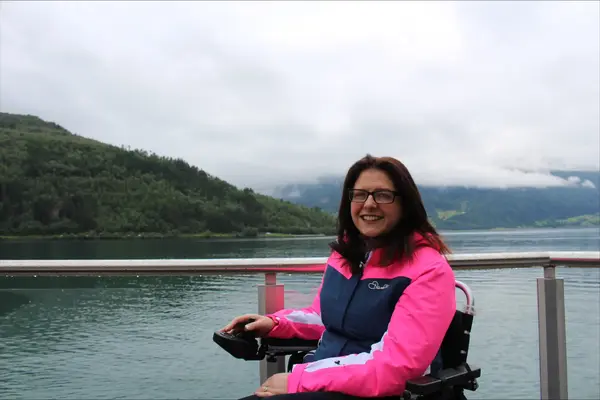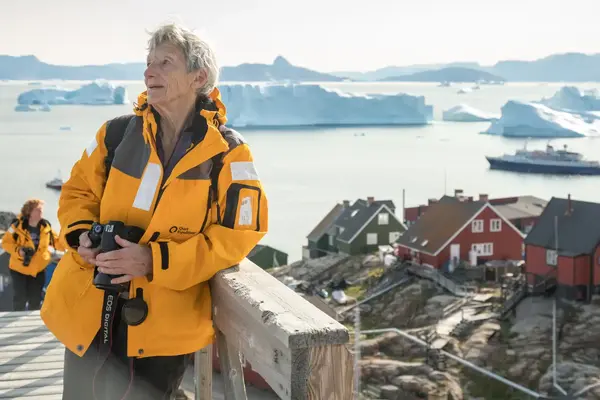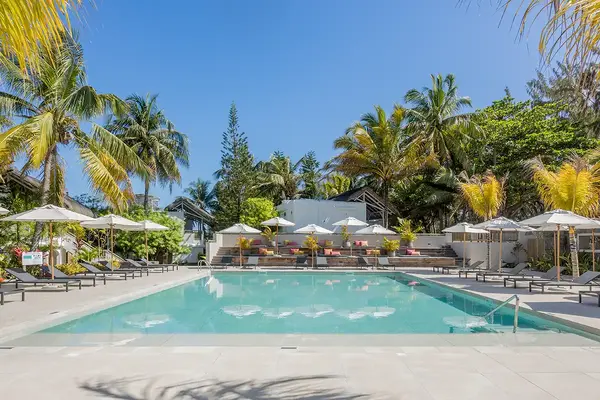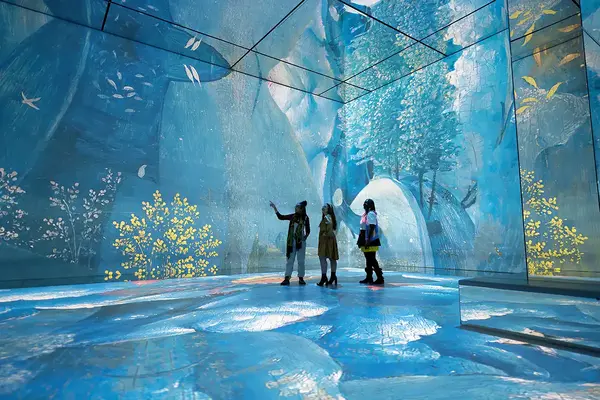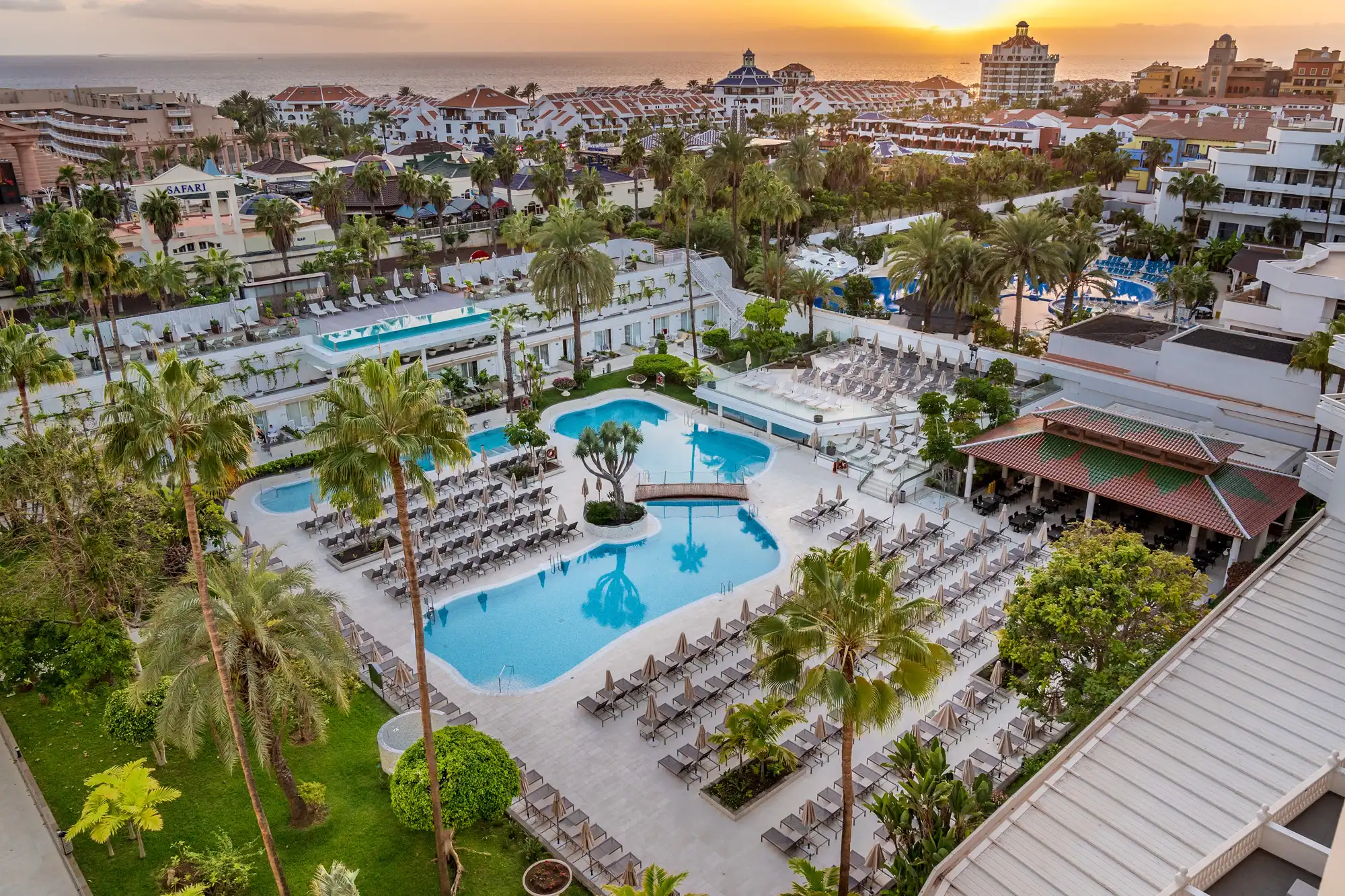What we can learn from the most eco-accredited region in Australia
Mark Olsen, chief executive at Tourism Tropical North Queensland, tells us about his region’s success stories and the measures that are being taken to preserve its most famous attraction, the Great Barrier Reef

Tropical North Queensland has the most eco accredited experiences in Australia... tell us how that came about?
Tropical North Queensland’s tourism operators are passionate about the two World Heritage areas they showcase to visitors. Operating sustainably within those areas, assisting with research, caring for the environment and educating visitors about the values of the Great Barrier Reef and the world’s oldest rainforest have always been a priority.
When Ecotourism Australia was established in 1991 and created the world’s first eco-certification program our operators were quick to become accredited and continue to look for ways to improve their business operations and contribution to the environment that exceed the national standards.
Today we have the highest concentration of eco-certified tourism operators in Australia with 182 experiences and 62 companies accredited. Of these, 15 operators are in the Ecotourism Australia Hall of Fame. Queensland has 86% of all Climate Action Innovator businesses and of that, 57% are in Tropical North Queensland.
Port Douglas and Daintree, where the world’s oldest rainforest meets the Great Barrier Reef, is the first destination in Australia to achieve Ecotourism Australia’s Eco Destination Certification. Despite 80% of its land being protected under World Heritage listing, 80% of its economic activity is from tourism. Councils throughout Tropical North Queensland are in the process of working through Eco Destination Certification for their regions.
Who are some of the trailblazers in the region with regards to sustainable tourism?
Skyrail Rainforest Cableway was one of the first tourism attractions to achieve Ecotourism Australia Advanced Certification and the first tourism operator in the world to be awarded EarthCheck’s highest accolade – Master Certification – for demonstrating more than 15 years of commitment to the highest standards of sustainable environmental performance.
The immersive rainforest experience was built by helicopter to minimise impact on the World Heritage rainforest and opened in 1995. The cableway was developed by the Chapman family. Skyrail Chairman Ken Chapman is also the Chair of Tourism Tropical North Queensland. The family established the Skyrail Rainforest Foundation in 2005 to raise funds for tropical rainforest research.
Over the past 20 years Skyrail has conserved enough energy to power 92 households, their emissions reduction is the equivalent of taking 299 cars off the road, and they have prevented the equivalent of 20 shipping containers of waste from going into landfill.
Previous TTNQ Chair Wendy Morris developed the reef interpretive company Reef Biosearch in 1986 which remains the largest non-government employer of marine biologists. As a marine biologist, Wendy saw the value in educating people about the Great Barrier Reef through presentations to all Quicksilver Cruises reef passengers and on guided snorkelling tours. To this day, tourism attractions, whether in the rainforest or on the reef work to these principles.
Under Wendy’s guidance, Reef Biosearch undertook reef monitoring projects for the Great Barrier Reef Marine Park Authority and for James Cook University, initiating the first daily natural history records on a reef tourism operation, now being undertaken reef-wide. The work by this group was a first step of industry-supported citizen science. Involvement in research and monitoring continues and has grown under the Quicksilver Group and is now undertaken on a broader scale across the reef.
Reef Biosearch was eventually purchased and operated by Quicksilver Connections Ltd and still operates as part of the Quicksilver Group today. Wendy remains a passionate advocate for the Great Barrier Reef and is a director of the Great Barrier Reef Marine Park Authority.
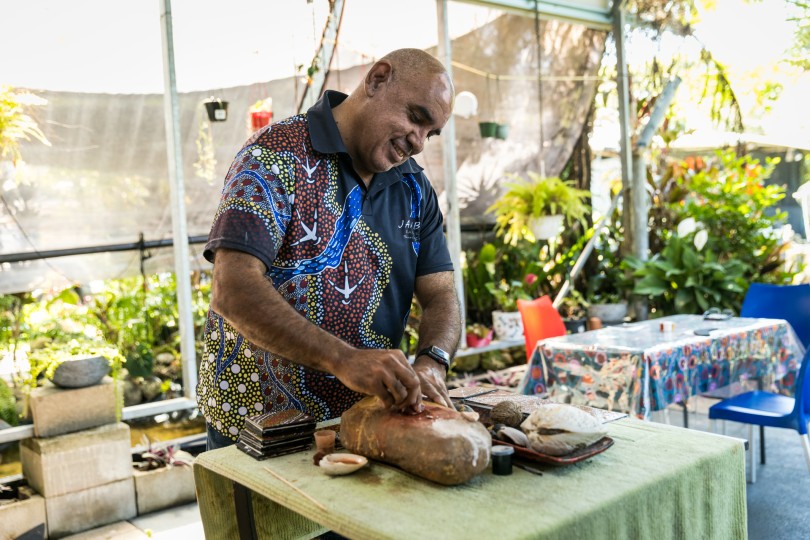
What is Tropical North Queensland doing to help businesses achieve Net Zero?
TTNQ has partnered with the State Government and Earthcheck for the Tourism Action Plan Project. We are consulting with accommodation, tour operators, hospitality venues and Indigenous groups to develop sector-specific strategies to help the tourism industry achieve Net Zero before 2050.
TTNQ has provided funding for several small tourism businesses to use an assessor to help them to analyse their business and develop the appropriate policies and plans to achieve eco-certification.
We are currently developing a guide for businesses to become more sustainable and environmentally friendly in their everyday operations.
How are tourism operators working to preserve the Great Barrier Reef for future generations to enjoy?
It’s important to understand that the protection and preservation of the Great Barrier Reef and the Wet Tropics World Heritage Rainforests is intrinsically linked with the visitor economy which assists with funding, scientific research and cultural sharing. The new Reef Magic pontoon, for example, has an onboard laboratory and bunks for scientists to work on the Great Barrier Reef and has Indigenous guides sharing cultural sea knowledge.
Five Cairns and Port Douglas operators are helping to gather broken pieces of coral to regrow on the Great Barrier Reef as part of the Coral Nurture Program. With the assistance from the University of Technology Sydney, the programme is being undertaken by Wavelength Cruises, Sailaway, Passions of Paradise, Ocean Freedom and Quicksilver Cruises. The Coral Nurture Program aims to give operators yet another stewardship activity they can do at their reef sites in addition to Crown-of-Thorns eradication and the Eye on Reef monitoring program.
Operators that bring visitors to these World Heritage sites do so under strict regulation and must operate to a very high standard. The Great Barrier Reef Marine Park was enacted in 1975 setting a tight framework for tourism to unfold along more than 1400 miles of reef. It wasn’t until the early ‘80s that the first high-speed catamaran capable of carrying 150 people was launched on the Great Barrier Reef, therefore tourism was regulated.
Before the pandemic two million people visited the reef every year, but you do not see congestion at visitor sites. Visitors are spread across islands, sand cays, outer reef pontoons and sites where boats can moor. The Great Barrier Reef is greater in sized than the UK, Holland and Switzerland combined.
Mark Olsen: a trailblazer for sustainable tourism
"I was the founding CEO of EarthCheck consulting and co-owner of the EarthCheck global benchmarking and certification program that operates in more than 70 countries. I have created more than 100 destination management and ecotourism plans across the globe, working with communities, investors, developers, and managers of tourism experiences large and small to deliver world-leading sustainable tourism outcomes in destinations including Iceland, Ireland, Mexico, and across Australia.
"I worked with the Mamu Aboriginal people, south of Cairns, in 1989 to create a tourism product that would assist the local Traditional Owners to tell their stories and show their connection to the rainforest. It was interesting to consider how we could encourage dispersal of visitors to lesser known regions of Tropical North Queensland and how we could show Aboriginal knowledge of the weather. From that the Mamu Tropical Skywalk was born.
"Another inspiring project was working with the late Aboriginal tracker George Musgrave in Laura to develop the Quinkan Cultural Centre and tours of the Split Rock Galleries, one of Unesco's top 10 rock art sites. It was extraordinary to hear stories demonstrating a 40,000-year-long connection to the land.
"Both projects were about visitor dispersal and authentic experiences that fit naturally into a community and can be sustained by that community. That inspired TTNQ to guide and support our region’s Indigenous tourism experiences to create the Tropical North Queensland First Nations Tourism Plan which is currently underway.
"My mission is for every Tropical North Queensland tourism business to be dedicated to the pursuit of delivering world-leading regenerative tourism experiences that inspire every visitor to see great, and leave greater."
